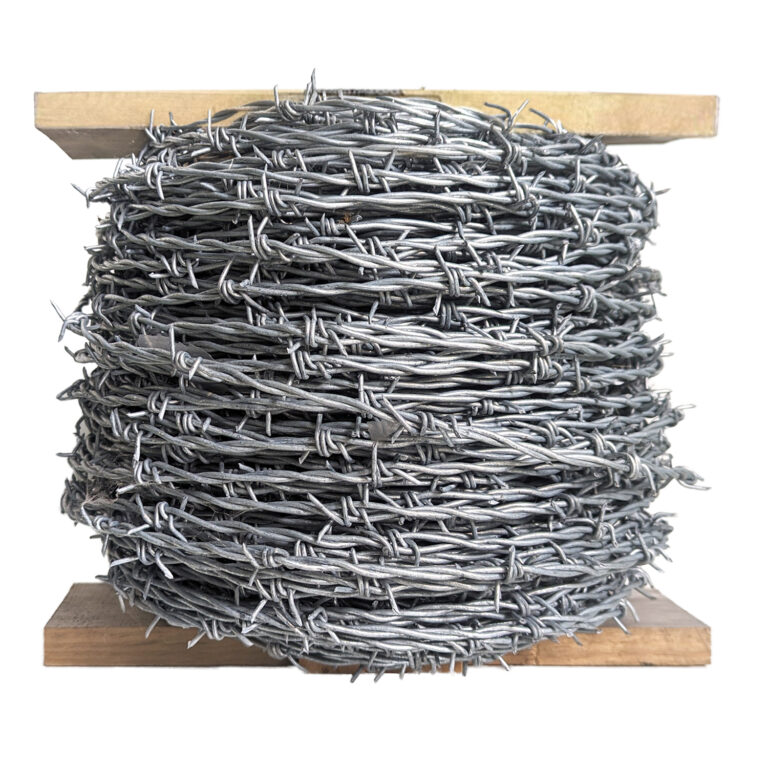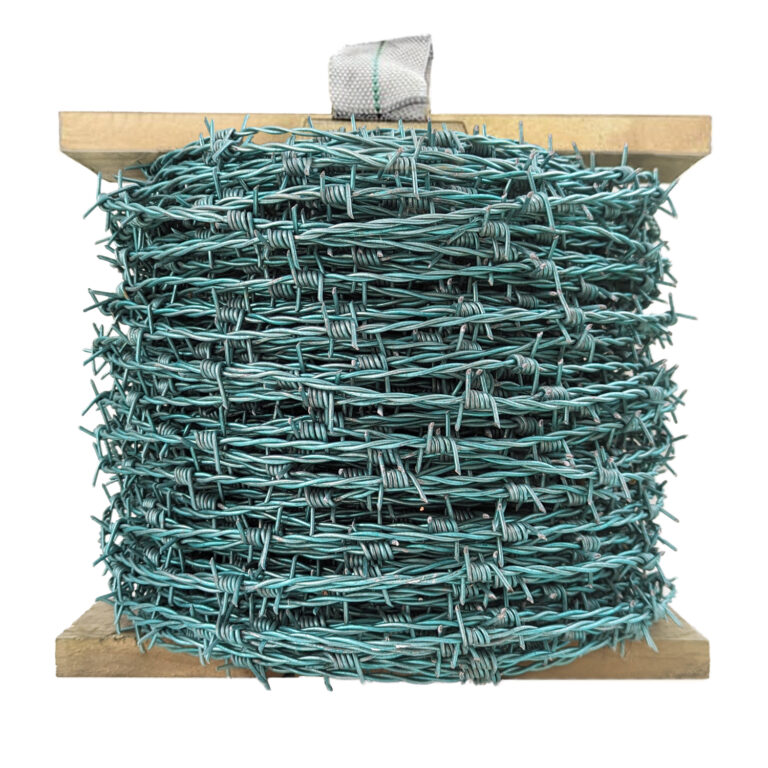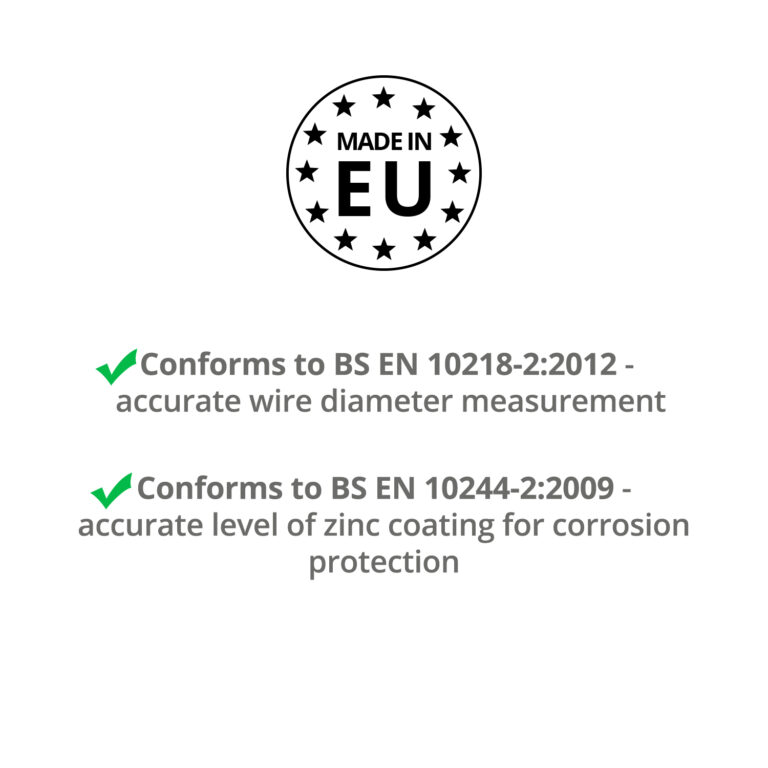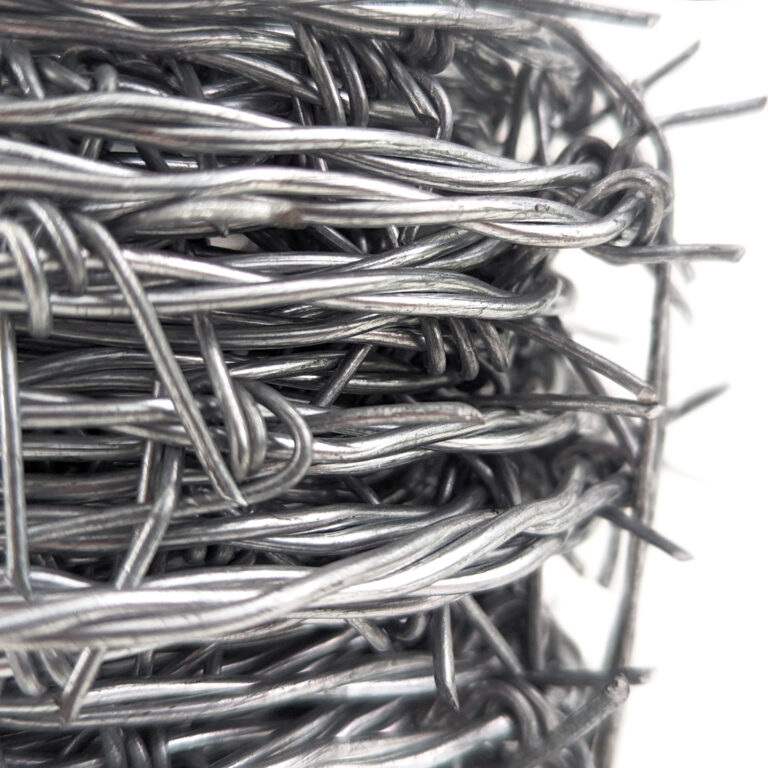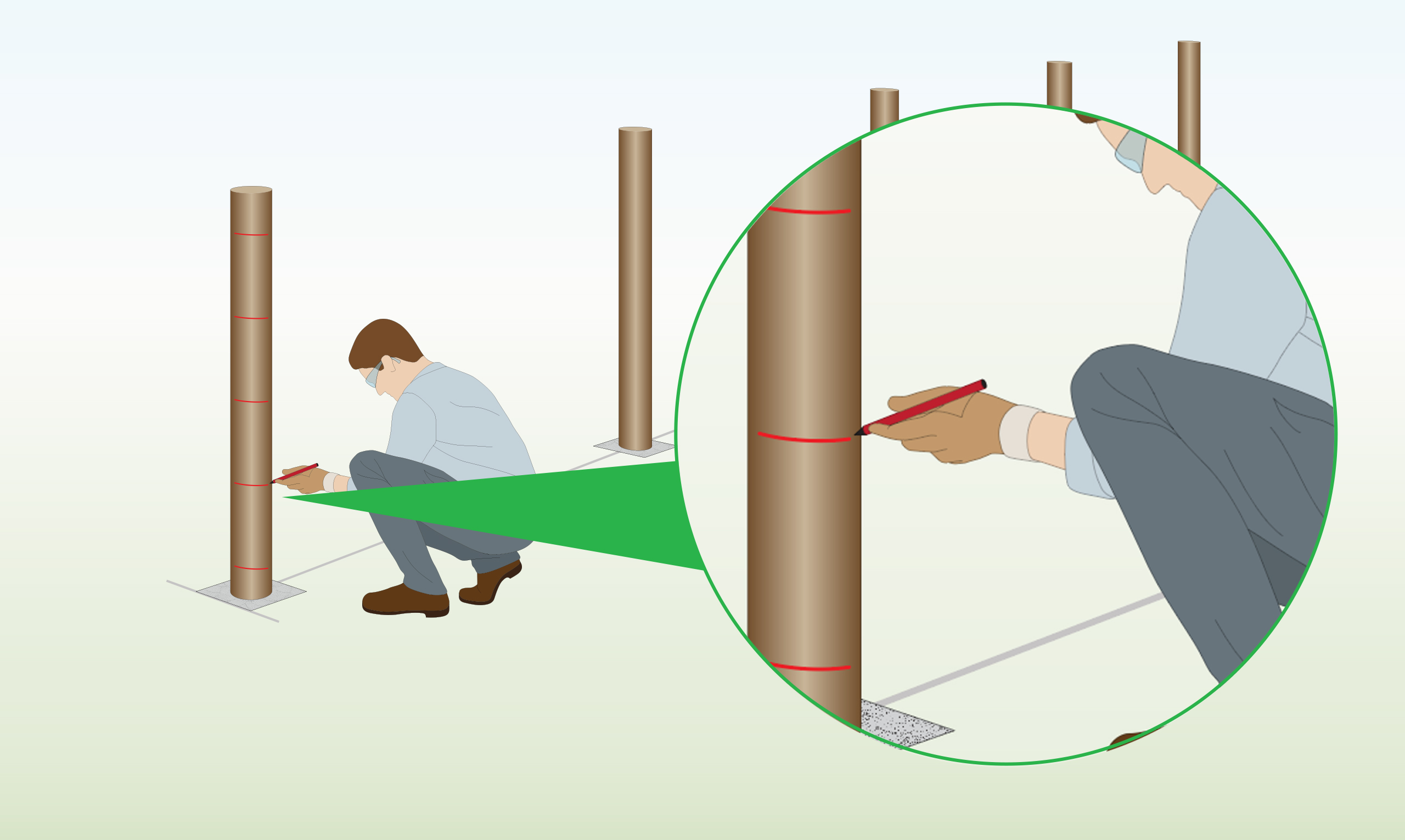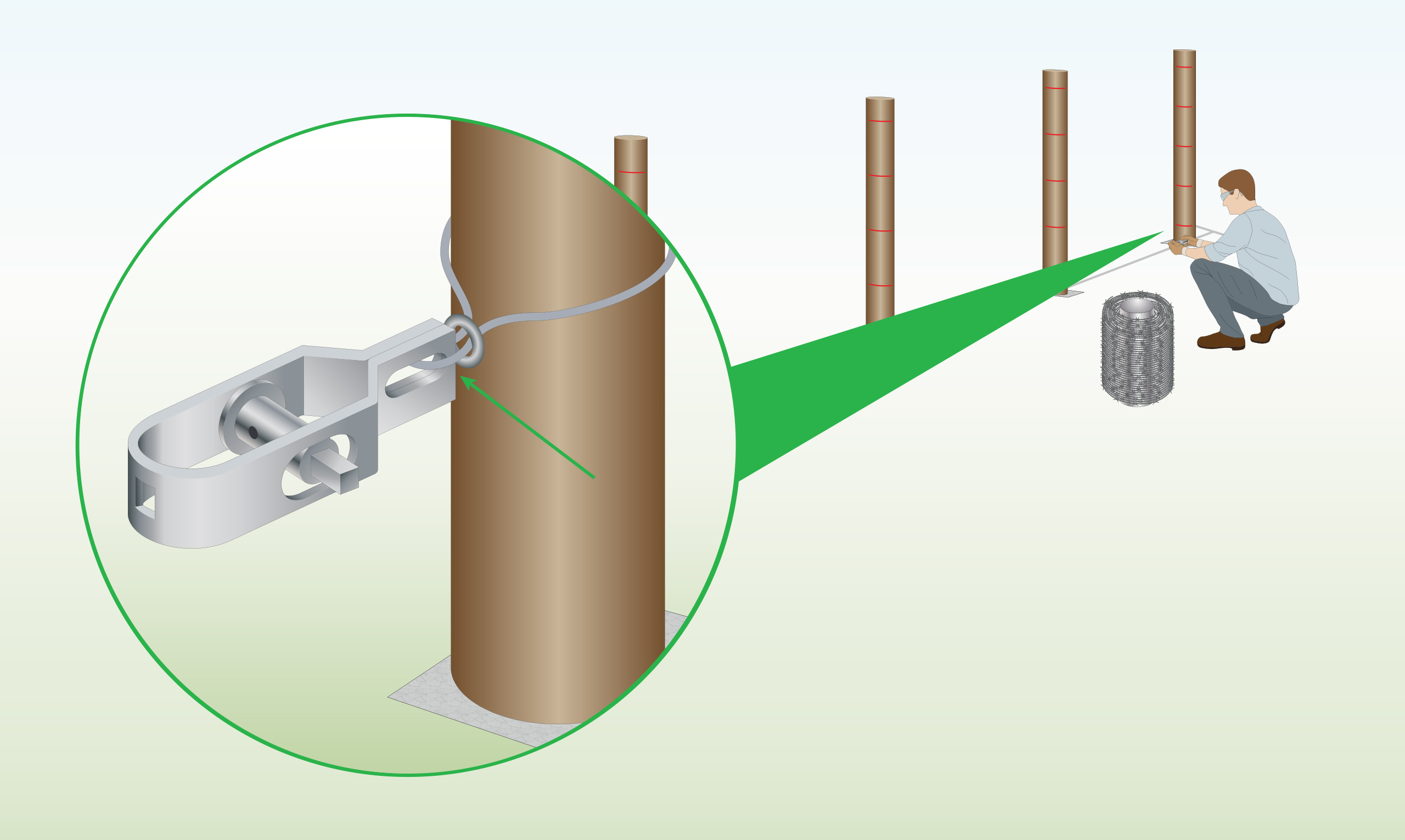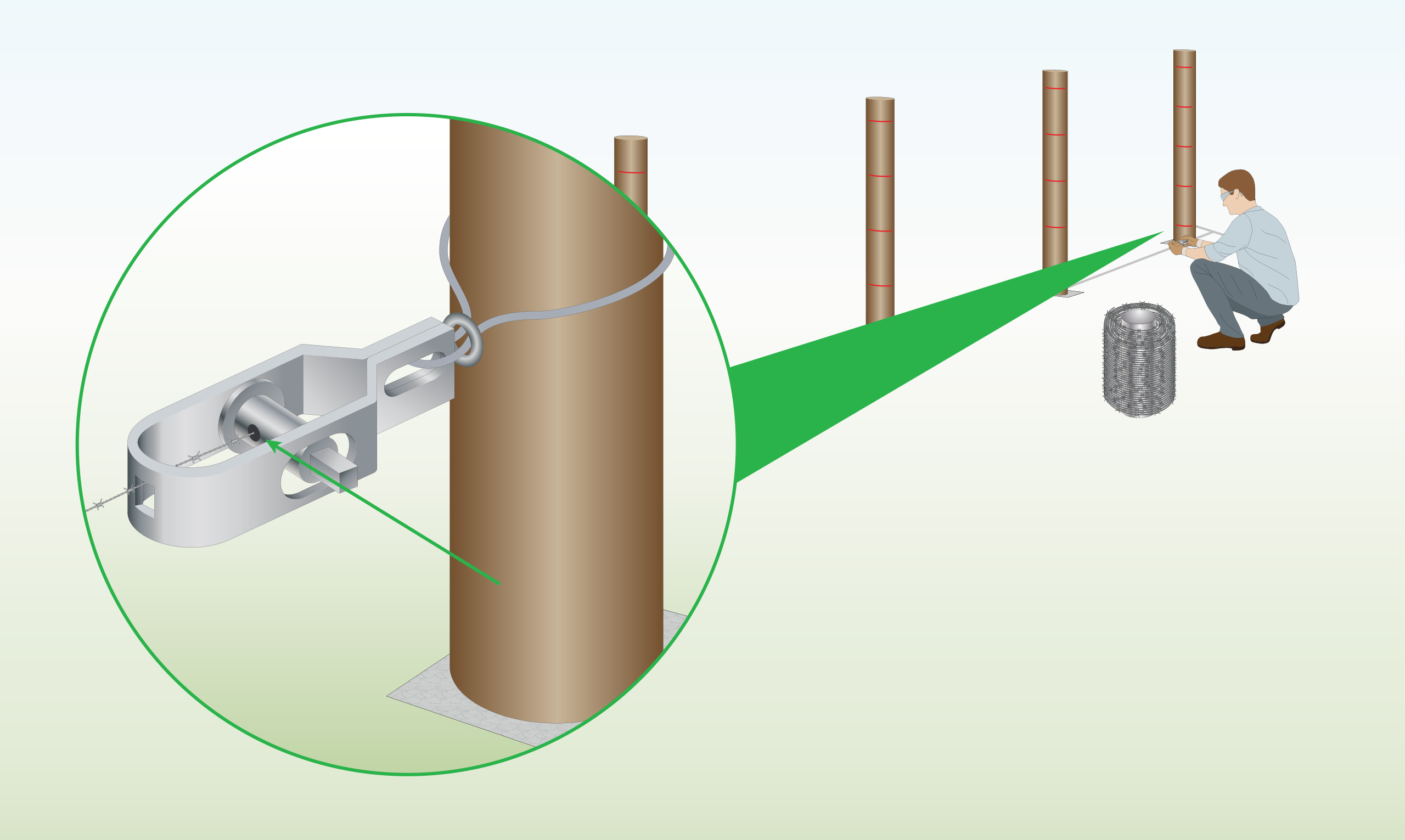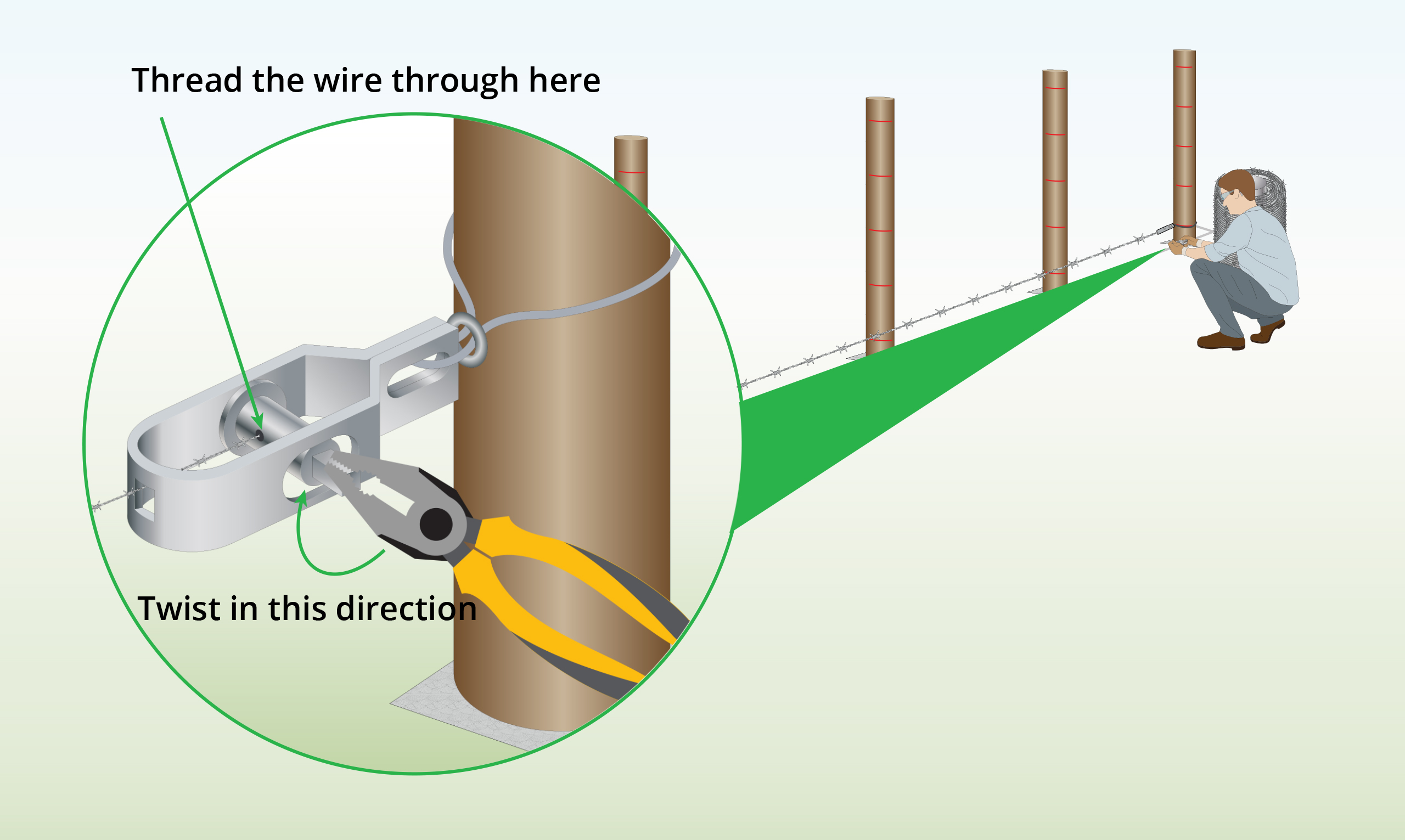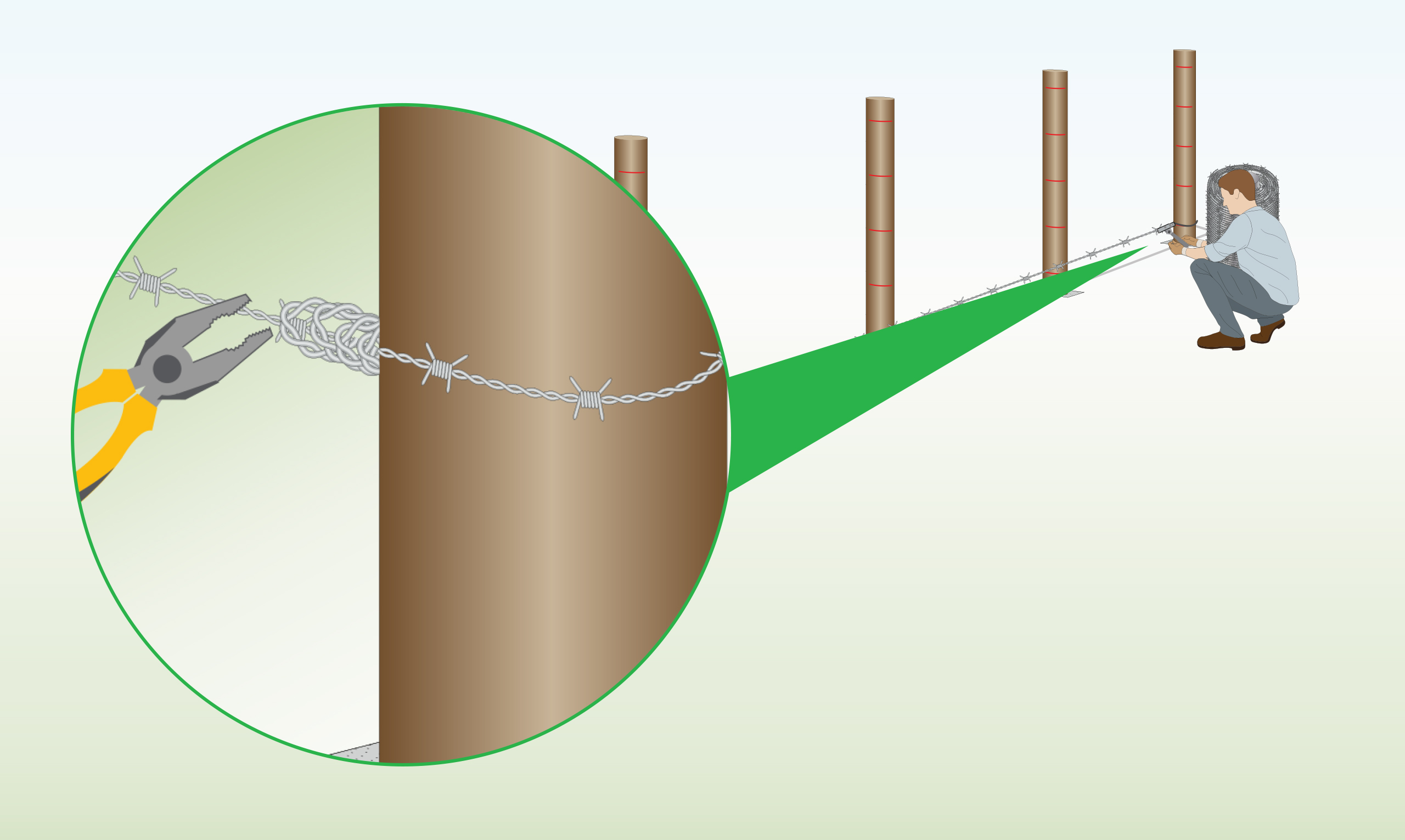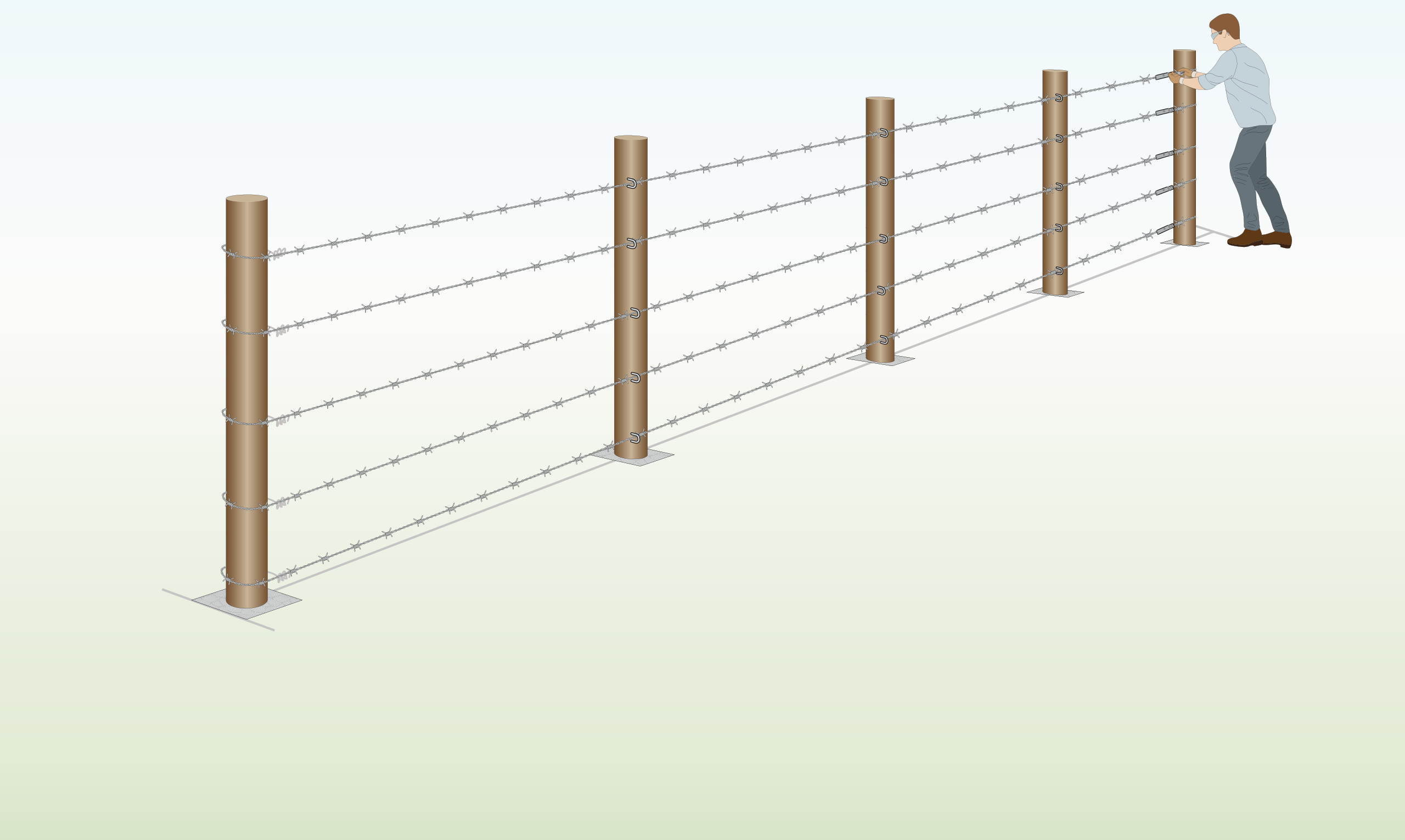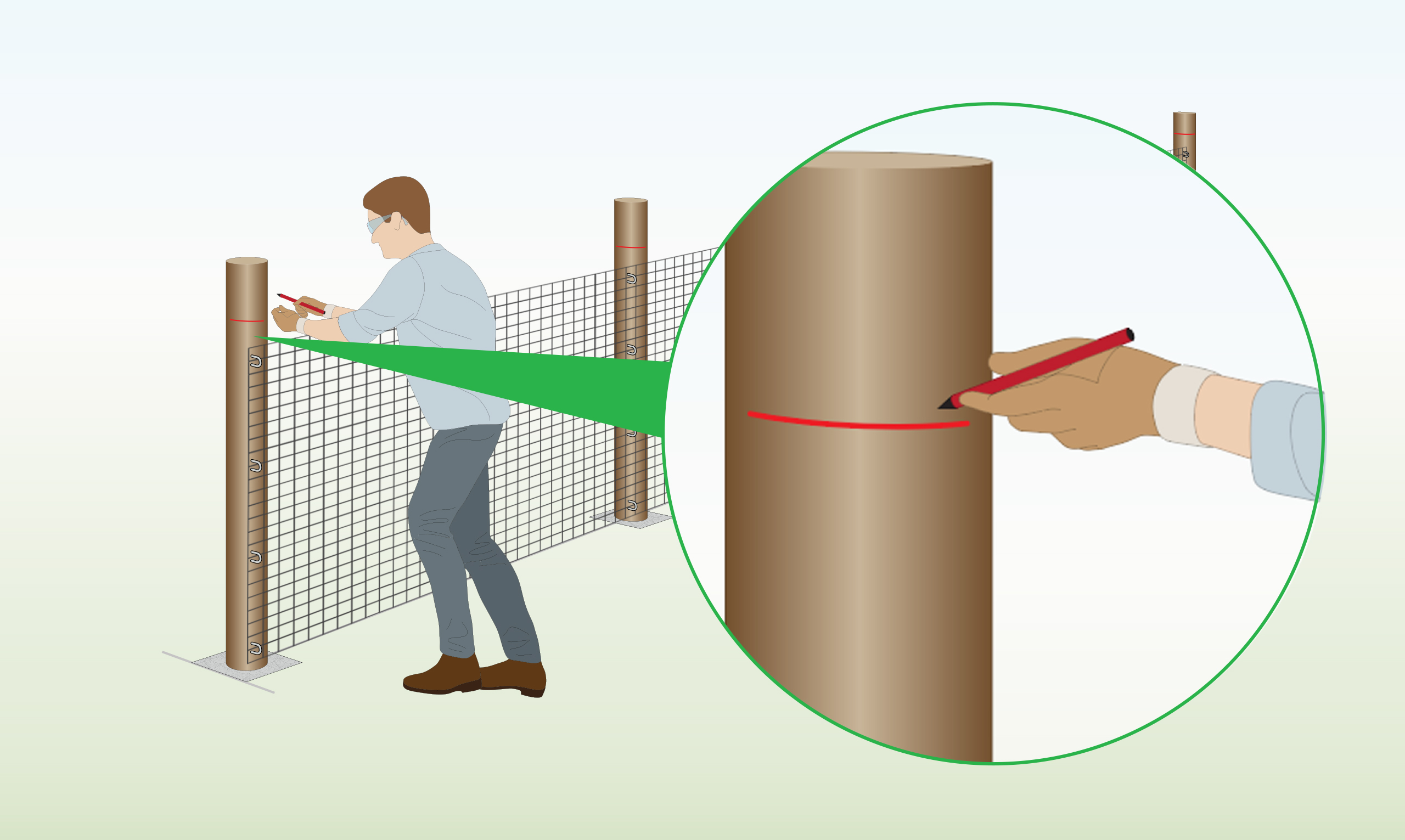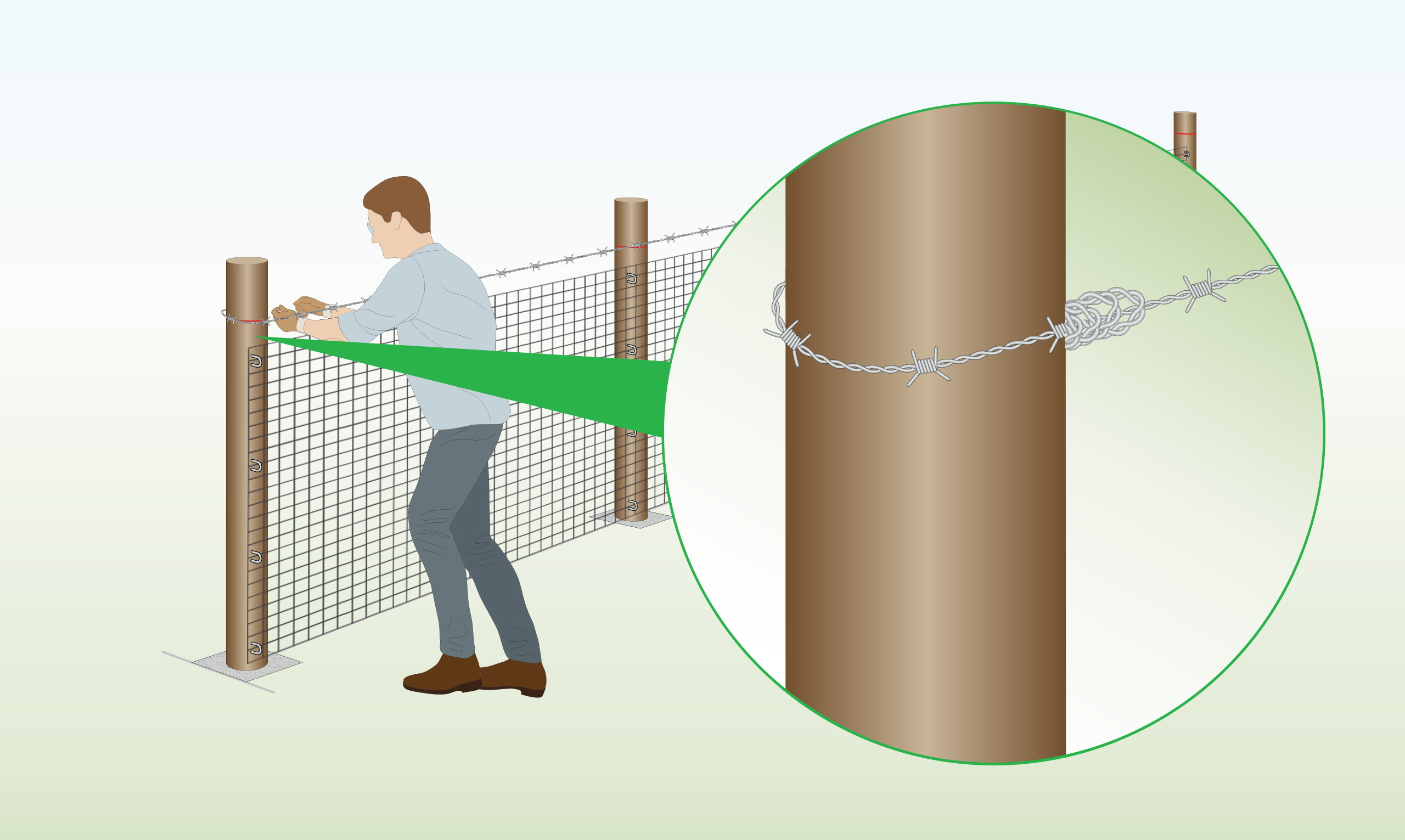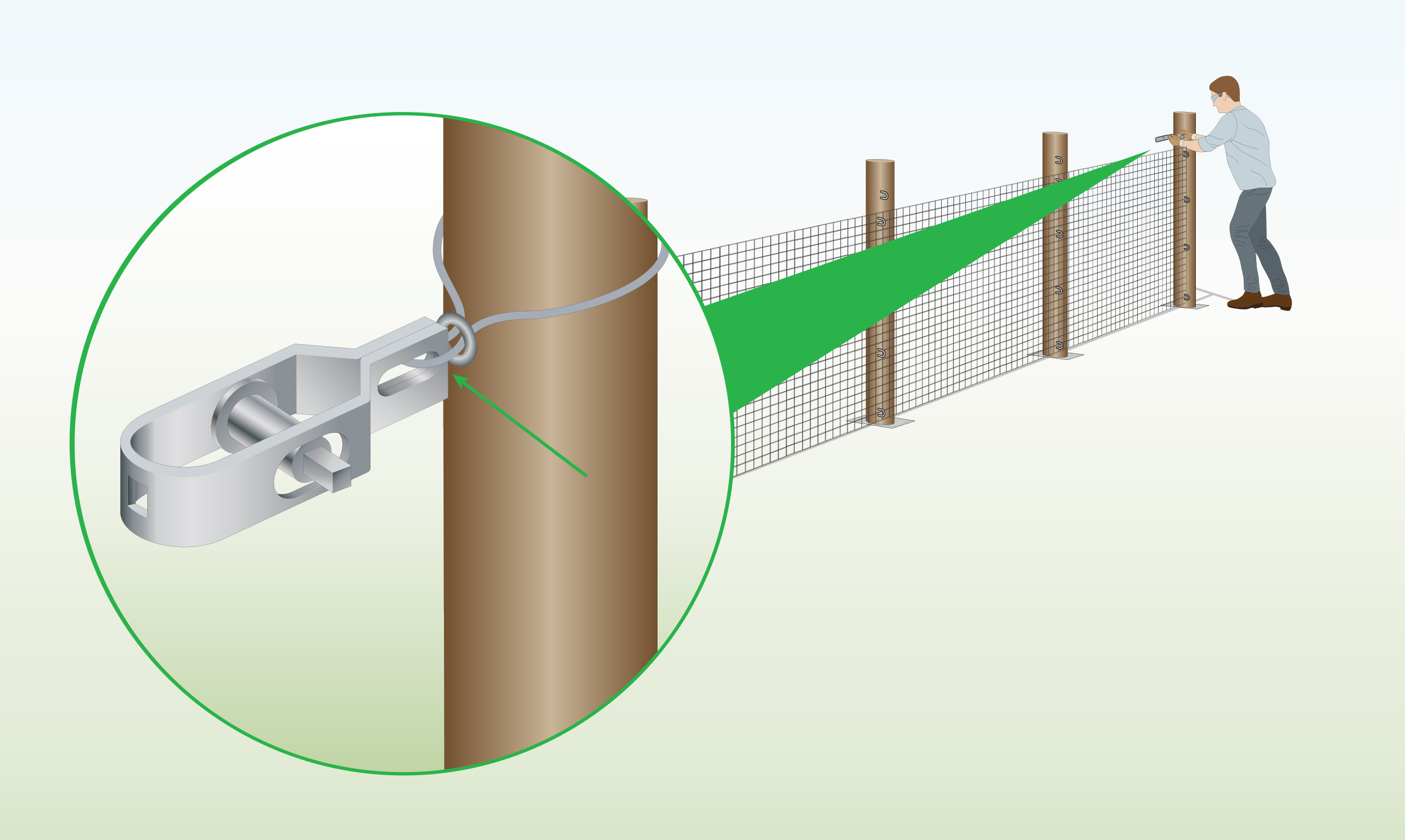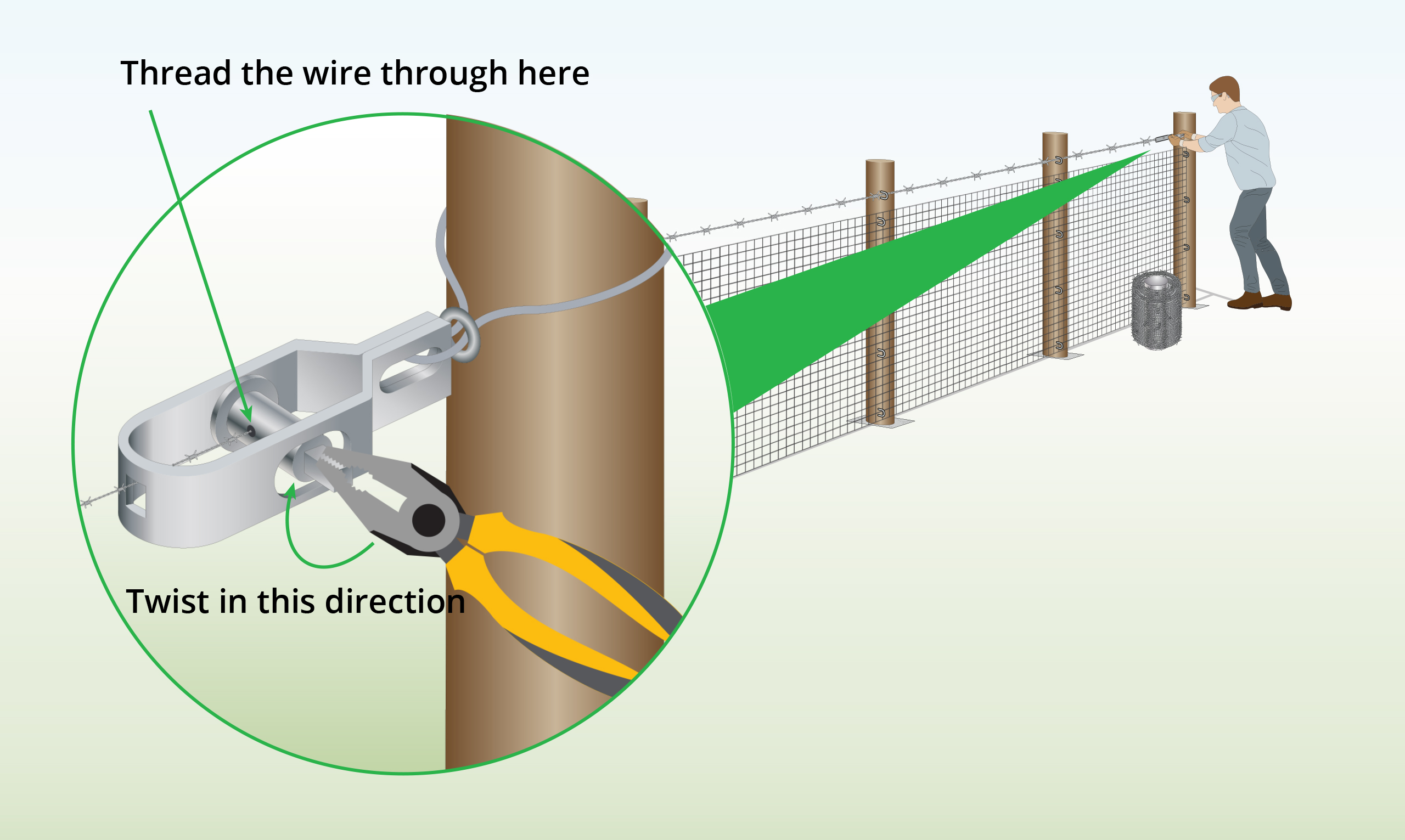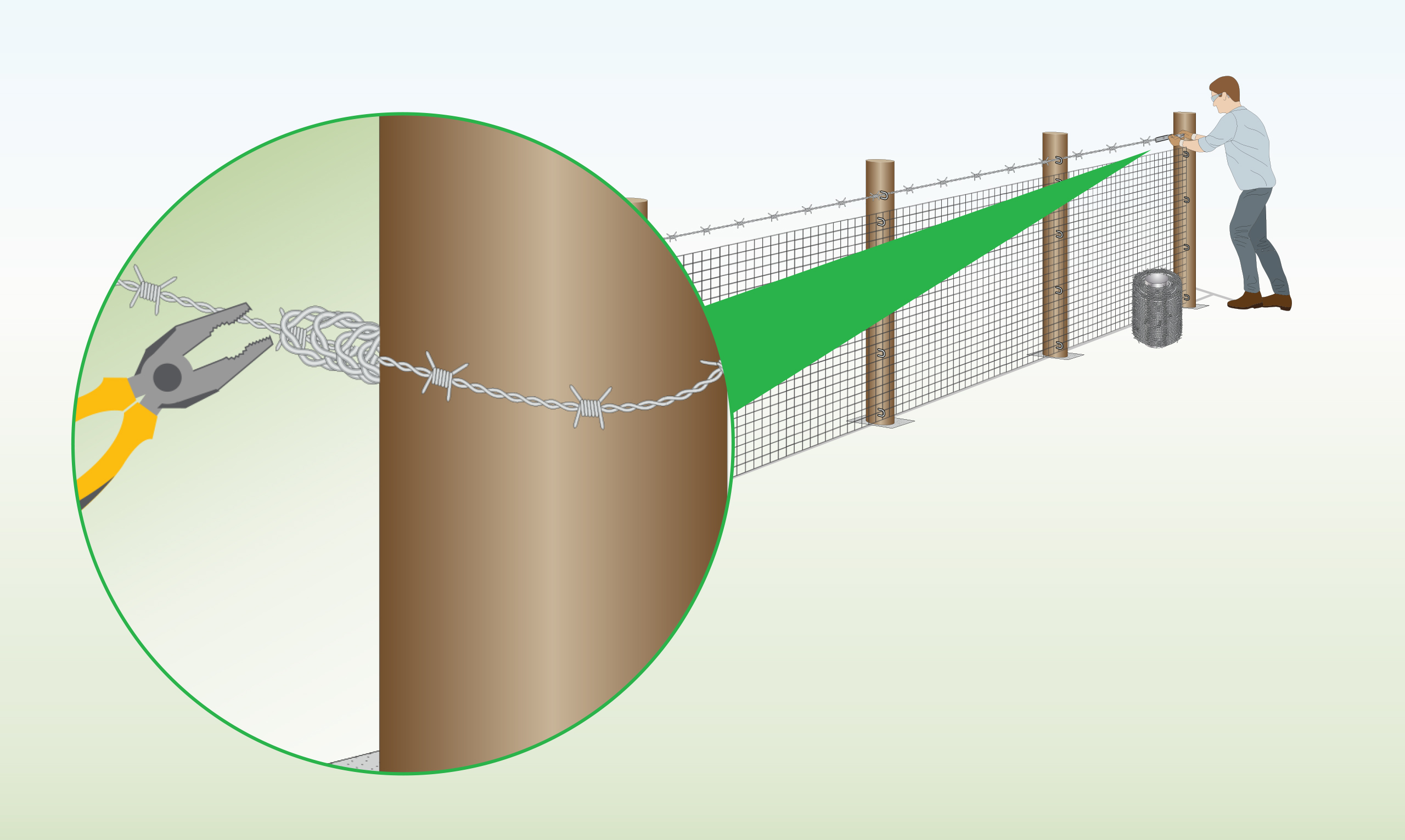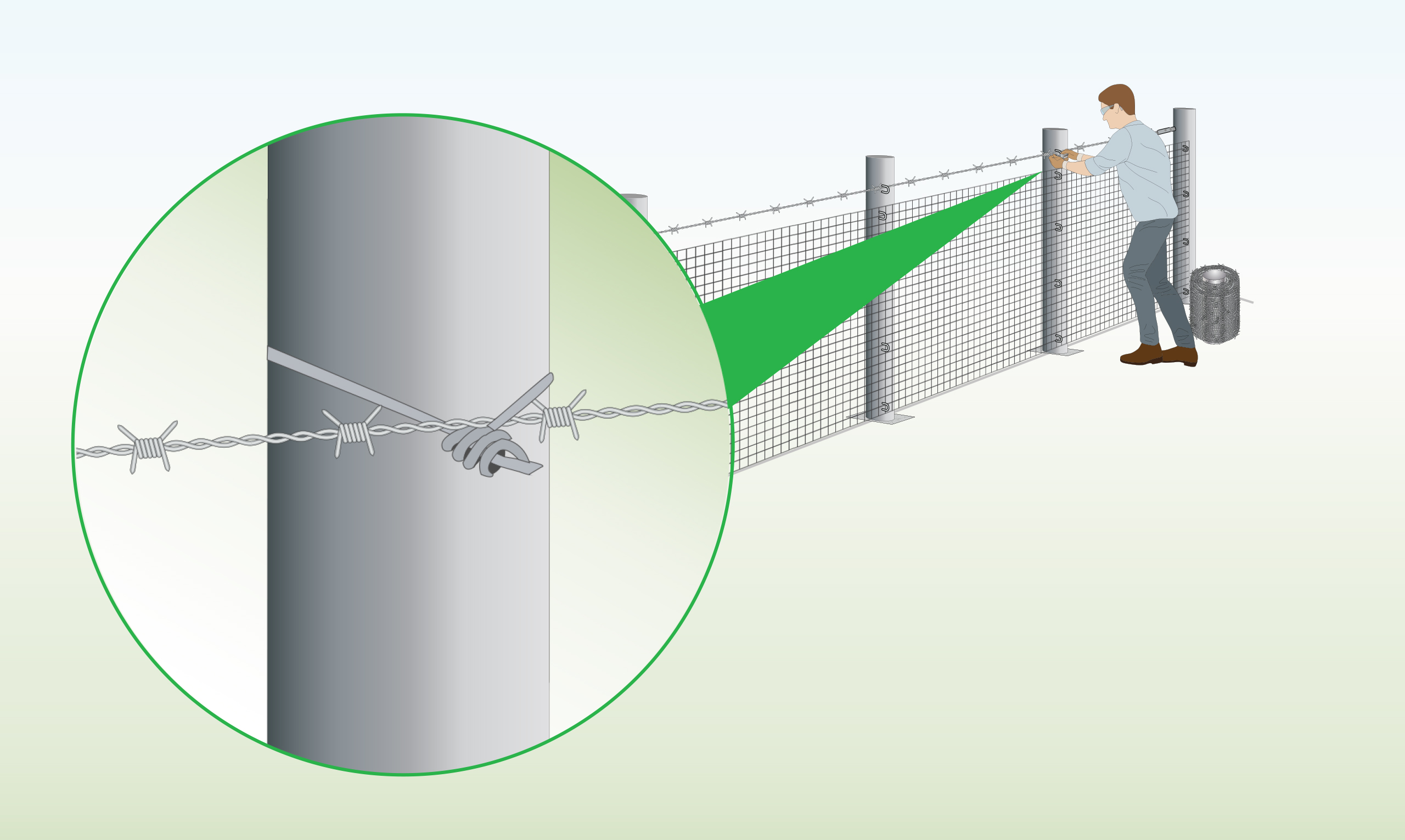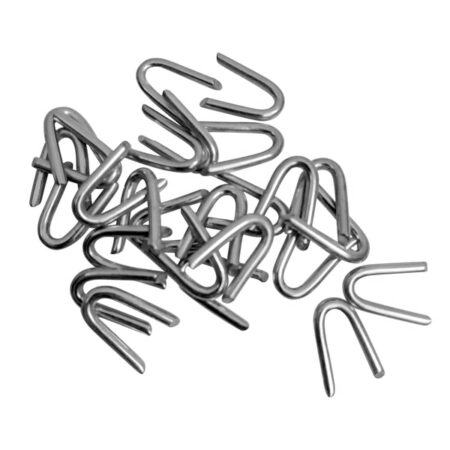Barbed Wire
High tensile and PVC coated barbed wire available.
Made from galvanised steel and suitable for commercial and agricultural use.
Key Info:
- Galvanised steel
- Double stranded wire
- Commercial, and agricultural uses
- Supplied as 200m coil
- UK & European made

Helpful Barbed Wire Information
Customer Images
Which option?
| Material | Use for |
| Mild Steel | Cost-effective option. Easy to install as it does not require tensioning. Strong and flexible with elongation up to 11%. A popular choice with farmers, increasing fence heights and keeping animals in or out of areas. |
| High Tensile Steel | Strongest and most durable option. Should be highly tensioned when installing. It’s less flexible with elongation of 1-3%. A popular choice for longer-lasting fences |
| Razor Wire | Used to stop humans from entering high-security areas such as prisons and hazardous industrial areas. |
Recommended Applications
| Mild Steel | High Tensile | Razor Wire | |
| Animal Applications | |||
| Cattle | |||
| Bull | |||
| Pig | |||
| Sheep | |||
| Horse | |||
| Large animals to lean against | |||
| General field boundary | |||
| Security Applications | |||
| High-Security Areas | |||
| Stop humans from entering dangerous areas | |||
| Prisons | |||
| Highways | |||
| Airports | |||
| Government buildings | |||
| Domestic Applications | |||
| Keep animals out | |||
| Stop intruders |
Comparison
| Mild Steel | High Tensile | Razor Wire | |
| General | |||
| Cost | £ | ££ | £££ |
| Strongest | |||
| Flexibility | Good flexibility | Low flexibility | Low flexibility |
| Conforms to British manufacturing standards | – | BS-EN 10218-2:2012
BS-EN 10244-2:2009 |
– |
| Strength & Environment | |||
| Corrosion resistance | Very good | Very good | Very good |
| Abrasion resistance | Very good | Very good | Very good |
| Tensile strength range | 695-850 N/mm2 | 1050-1250 N/mm2 | |
| Best if heavy livestock lean against the fence | |||
| Best if the fence has multiple turns | |||
| Can be installed with wooden posts | Yes, attach using staples | ||
| Can be installed with metal posts | Yes, T-Posts can be used as middle posts. Due to the amount of tensioning that is required wooden posts are preferred as end posts. | ||
| Qty of people required to install | 1-2 | 1-2 | 1-2 |
| Handle with protective gloves | |||
| Recommended post spacing | 2m-3m | 3m-5m | 3m-5m |
| Maintenance | |||
| Will stretch after installation? | |||
| Need retightening each year? | |||
Installation Instructions
On Top of a Fence
| To Do | Explanation |
| Step 1 – Safety Preparation
|
Wear gloves, boots, and protective eyewear to prevent injury.
Working with someone will also reduce the risk of injury. |
| Step 2 – Mark the Post Location
|
Indicate the post locations with a 2-2.5m distance between each one. |
| Step 3 – Dig Holes
|
Dig a hole in which to position your posts. The depth of this hole should be approx. one-third of the post.
Use a spirit level to verify that the posts are straight. |
| Step 4 – Cement in Posts (Optional)
|
Pour concrete into the holes and then position your posts within the concrete. |
| Step 5 – Mark Wire Location
|
Mark the posts to indicate the precise locations for installing each wire strand. |
| Step 6 – Secure Wire to Start Post
|
Fasten the first strand of wire to the bottom of the starting post while wearing protective gloves.
Then carefully wrap the end around itself 4-5 times.
|
| Step 7 – Secure Radisseur to Last Post
|
Using a distinct piece of wire attach the radisseur to the end post at the same elevation. |
| Step 8 – Secure Wire to Radisseur
|
Cut the first line of barb wire leaving an additional 10 cm in length.
Thread the wire through the hole situated in the centre of the radisseur. |
| Step 9 – Tension the Wire
|
Use pliers to turn the pin on the radisseur clockwise, thus increasing tension. |
| Alternative Option
|
In the absence of a radisseur, you can twist the wire around the post and coil it around itself 4-5 times.
This method will not generate as much tension as using a radisseur. |
| Step 10 – Secure to Middle Posts
|
Secure the wire to the middle posts with staples. Ensure there’s a bit of space for the wire to move within the staple. |
| Alternative Option
|
For metal posts without pre-drilled holes, cut a piece of wire and use it to individually fasten each barb wire to every intermediate post. |
| Step 11 – Repeat Steps 6-10
|
To finish your barbed wire fence, repeat steps 6-10. |
FAQ
Can I use it as a fence topper?
Yes, one or two strands can be used to increase the height of a fence, often used in combination with stock fence. It can also be used to create a stand alone fence.
Is it legal?
At the time of writing you can legally install barbed wire or razor wire on property that you own.



